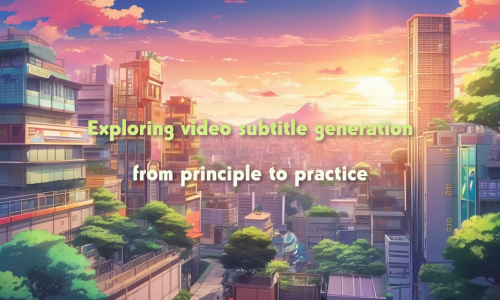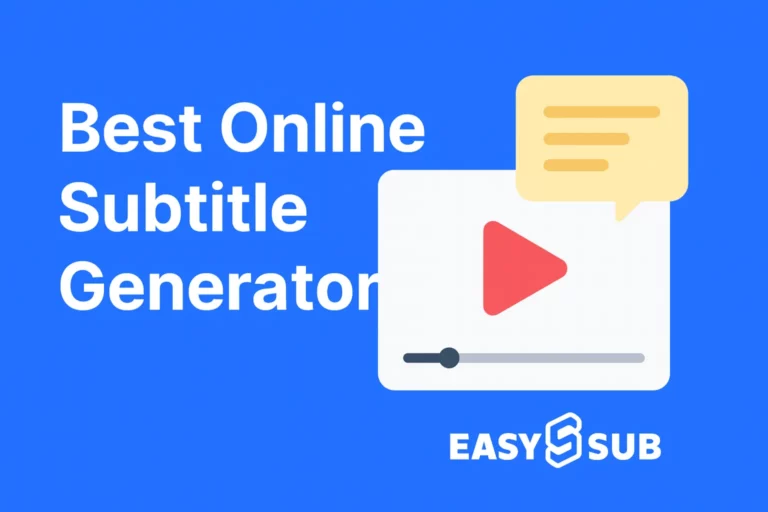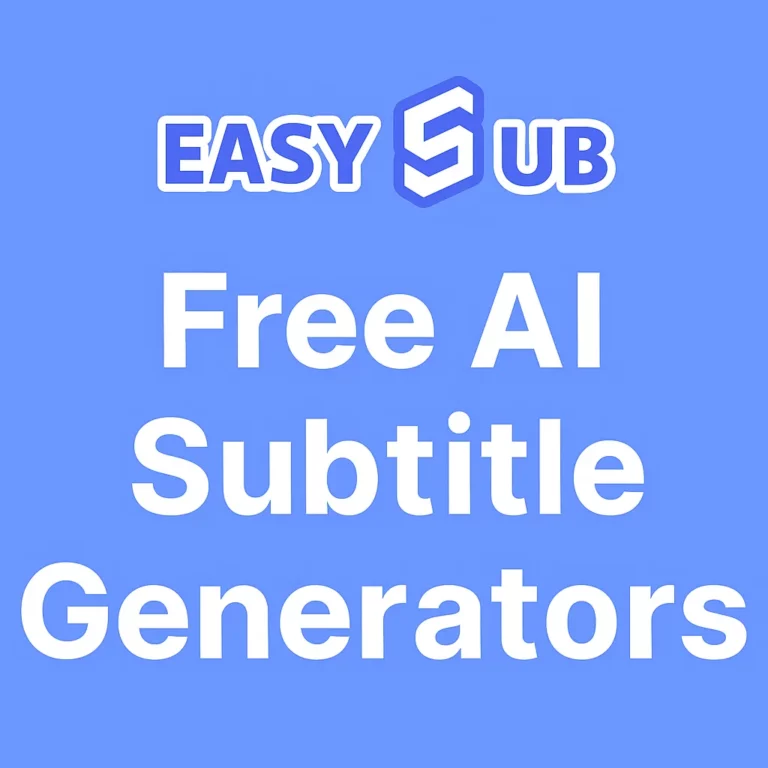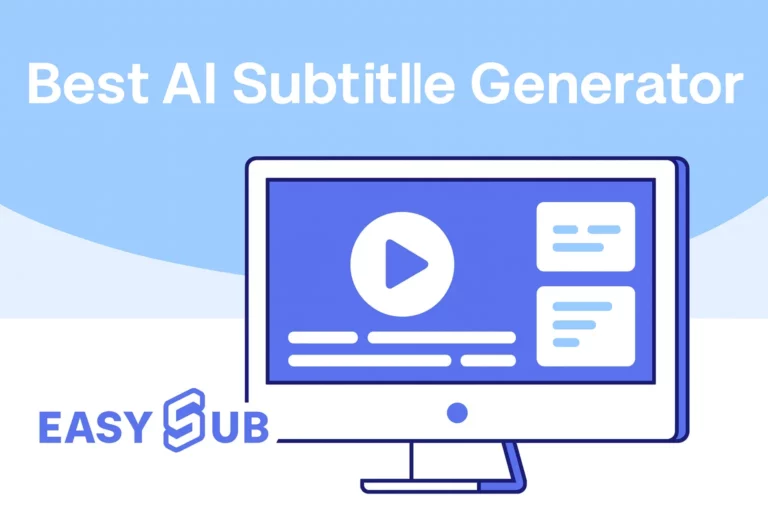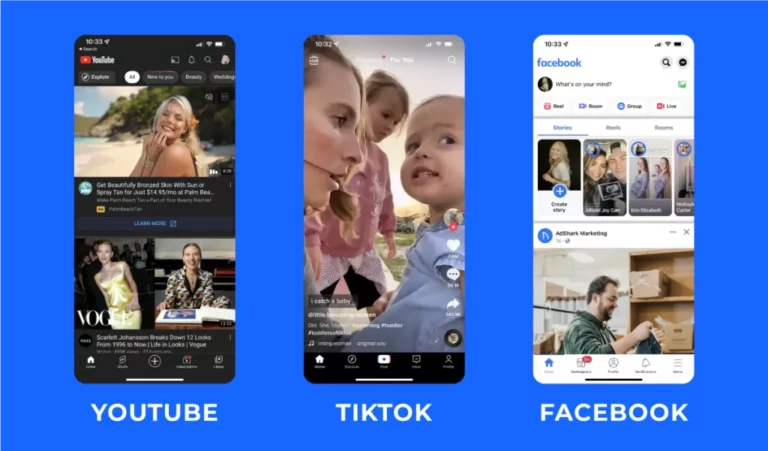1. مفاهیم اولیه تولید زیرنویس ویدئو
تولید زیرنویس ویدیو، همانطور که از نام آن پیداست، به فرآیند تولید خودکار توضیحات متنی بر اساس محتوای ویدیو اشاره دارد. همانند زیرنویس تصویر، تولید شرح ویدیویی نیاز به پردازش یک سری تصاویر پیوسته (یعنی فریم های ویدیویی) دارد و رابطه زمانی بین آنها را در نظر می گیرد. زیرنویسهای ایجاد شده را میتوان برای بازیابی ویدیو، تولید خلاصه یا برای کمک به عوامل هوشمند و افراد کم بینا در درک محتوای ویدیو استفاده کرد.
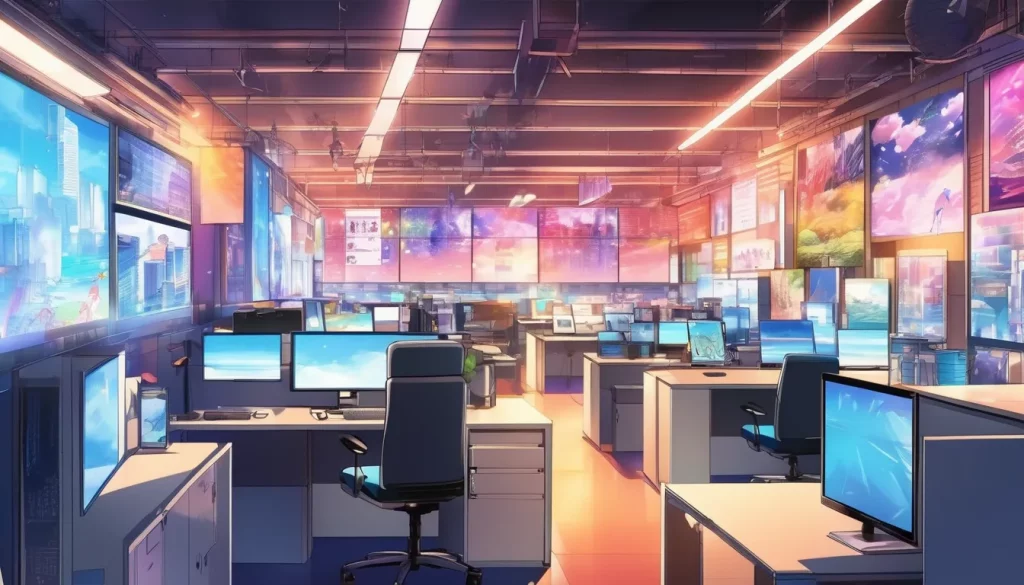
2. اصل فنی
استخراج ویژگی
اولین قدم در تولید زیرنویس ویدیویی استخراج ویژگی های بصری مکانی و زمانی ویدیو است. این معمولاً شامل استفاده از یک شبکه عصبی کانولوشن (CNN) برای استخراج ویژگیهای دو بعدی (2 بعدی) از هر فریم، و استفاده از یک شبکه عصبی کانولوشنال سه بعدی (3D-CNN) یا نقشه جریان نوری برای گرفتن اطلاعات پویا (به عنوان مثال، فضایی-زمانی) است. ویژگی ها) در ویدیو.
- CNN 2 بعدی: معمولاً برای استخراج ویژگی های استاتیک از یک فریم استفاده می شود.
- 3D CNN: مانند C3D (Convolutional 3D)، I3D (Inflated 3D ConvNet) و غیره که می توانند اطلاعات را در دو بعد مکانی و زمانی ثبت کنند.
- نقشه جریان نوری: با محاسبه حرکت پیکسل ها یا نقاط مشخصه بین فریم های مجاور، تغییرات پویا را در ویدیو نشان می دهد.
یادگیری توالی
پس از استخراج ویژگیها، لازم است از مدلهای یادگیری توالی (مانند شبکههای عصبی مکرر (RNN)، شبکههای حافظه کوتاهمدت (LSTM)، ترانسفورماتورها و غیره برای تبدیل ویژگیهای ویدیویی به اطلاعات متنی استفاده شود. این مدلها میتوانند دادههای توالی را پردازش کنند و رابطه نگاشت بین ویدیوی ورودی و متن خروجی را بیاموزند.
- RNN/LSTM: وابستگی های زمانی را به صورت توالی از طریق واحدهای مکرر ثبت می کند.
- ترانسفورماتور: بر اساس مکانیسم توجه به خود، می تواند داده های توالی را به صورت موازی پردازش کند تا کارایی محاسباتی را بهبود بخشد.
مکانیسم توجه
به منظور بهبود کیفیت تولید زیرنویس ویدیو، مکانیسم توجه به طور گسترده در تولید زیرنویس ویدیو استفاده می شود. هنگام تولید هر کلمه، میتواند روی مرتبطترین بخش ویدیو تمرکز کند. این به ایجاد زیرنویسهای دقیقتر و توصیفیتر کمک میکند.
- توجه ملایم: برای برجسته کردن اطلاعات مهم، وزنهای مختلفی را به هر بردار ویژگی در ویدیو اختصاص دهید.
- توجه به خود: به طور گسترده در ترانسفورماتور استفاده می شود، می تواند وابستگی های مسافت طولانی را در دنباله ضبط کند.
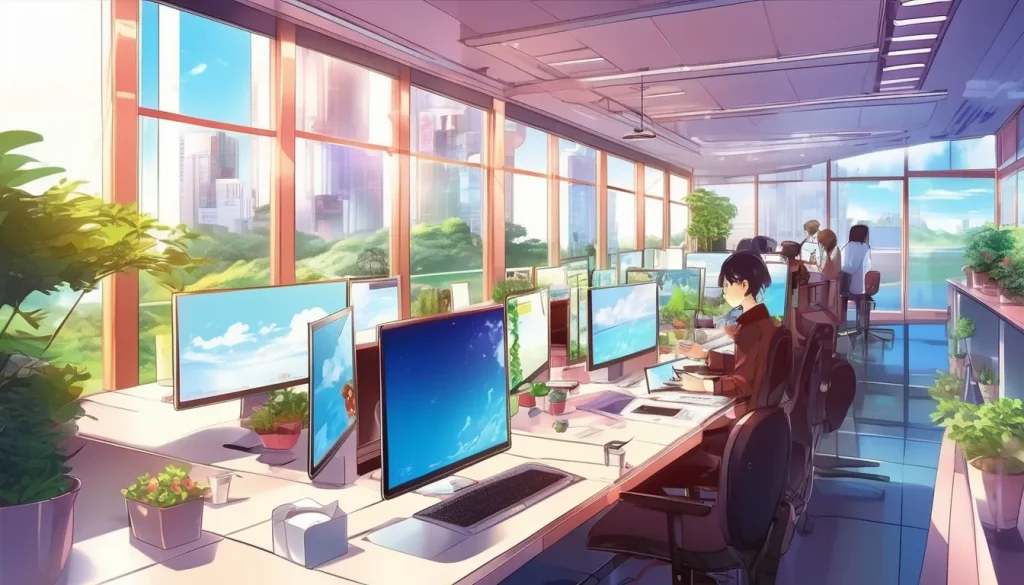
3. کاربرد عملی
فناوری تولید زیرنویس ویدیویی چشماندازهای کاربردی گستردهای در بسیاری از زمینهها دارد:
- بازیابی ویدیو: به سرعت محتوای ویدیویی مرتبط را از طریق اطلاعات زیرنویس بازیابی کنید.
- خلاصه ویدیو: به طور خودکار خلاصه ویدیو تولید می کند تا به کاربران کمک کند تا محتوای اصلی ویدیو را سریع درک کنند.
- سرویس دسترسپذیری: توضیحات متنی محتوای ویدیویی را برای افراد کمبینا ارائه میکند تا توانایی آنها در به دست آوردن اطلاعات را افزایش دهد.
- دستیار هوشمند: تشخیص گفتار و فناوری پردازش زبان طبیعی را برای دستیابی به تجربه تعامل ویدیویی هوشمندتر ترکیب کنید.
4. خلاصه و چشم انداز
به عنوان یکی از شاخههای مهم یادگیری چندوجهی، فناوری تولید زیرنویس ویدیویی به تدریج توجه گستردهای را از دانشگاه و صنعت به خود جلب میکند. با توسعه مداوم فناوری یادگیری عمیق، دلایلی داریم که باور کنیم تولید زیرنویس ویدیویی در آینده هوشمندتر و کارآمدتر خواهد بود و راحتی بیشتری را برای زندگی ما به ارمغان می آورد.
امیدوارم این مقاله بتواند رمز و راز فناوری تولید زیرنویس ویدیویی را برای شما آشکار کند و درک عمیق تری از این زمینه به شما بدهد. اگر به این فناوری علاقه مند هستید، ممکن است خودتان آن را تمرین کنید. من معتقدم بیشتر به دست خواهید آورد و بیشتر تجربه خواهید کرد.
